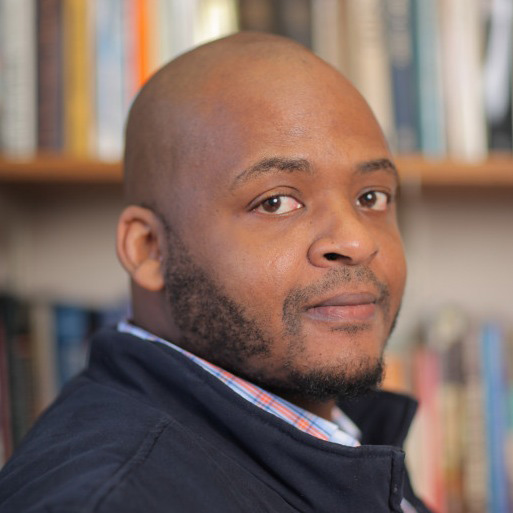2014 Contest: An Interview with Nonfiction Judge Kiese Laymon

Interview by CONNOR O’NEILL
Black Warrior Review: You published a book of essays and a novel last year–were you working on these simultaneously? How do you decide when to work on NF and when to write fiction?
Kiese Laymon: Yeah. I worked on both at the same time. At their core, they’re super similar. The language and shape is wholly different, though. I tended to work on one in the morning and one at night. The real work of those is done is revision. I can’t revise both at same time. I took some months to revise each book separately.
BWR: How to Slowly Kill Yourself and Others in America is epigraphed by Baldwin “the moral change is the only real change…” and revision is central to the novel Long Division, so I’m wondering how/if that quote from Baldwin frames your writing and revising process.
KL: It absolutely does. There are two paragraphs from the initial 530 page draft of Long Division in the final Long Division. The morality of that novel changed as I continued to revise. The important thing is that all those pages I wrote that never met reader’s eyes are just as useful and necessary as the ones that did find reader’s eyes.
BWR: While some essays in the book work the terrain of the personal remembrance/memoir-ish, you also have a ‘lost’ presidential debate transcript. What makes an essay an essay for you, and not a fiction?
KL: Essays are fiction. The “what if” in essays is often locked within the form. The “what if” in conventional fiction is in the story. I’m not stuck on what’s fiction, what’s an essay and stuff like that. I just want to tell and find and hear the truth. And that requires fiction a lot of time.
BWR: In Our Kind of Ridiculousness, you are really interrogating the second person plural, or the impulse to speak in that mode, and the speaker of You Are the Second Person explores a self-interrogation through the second person address. Do you have rules of usage for working in the second person in creative composition? What does it offer?
KL: That’s a great question. I don’t have rules of usage generally, but personally, I never want to use the second person the way someone else has. And that’s weird because one of the points of my second person piece is that we are all the second people to have experienced and felt everything. I felt okay with that essay really because the piece is aware of it’s second-person-ness, you know? It’s really, among other things, an exploration of why a writer has to use the second person to reckon.
BWR: A refrain in the title essay of your book is the impulse to make others feel the way that you were feeling–which kind of inverts that often cited reason for reading: that you can empathize, access the feelings of the writer or subject, and feel less alone. How do you think about your readers when you are writing essays?
KL: It’s weird. I just want to write sentences that don’t hide from readers. And I want to write sentences and forms that make running away from my sentences impossible. I want my sentences to see you no matter what you do, or how you try to move. They see you.
BWR: You’ve written about the idea that American music is far more grown up than American literature. So I’m wondering, what type of growth do/can essays provide and how?
KL: Especially if we write to parts of our nation, and parts of our self, that are seldom written to or from, we can grow. We can be better. Honesty is not transformation. Hard work is not good work.
But honest interrogation in the essay form can lead to transformation and generative work. You just can’t tell lies your work, you know? Lie in “real” life. Never ever lie on that page. If we hold true to that, we can move.
BWR: Do you listen to music when you write? If so, what?
KL: I listen to a lot and when I find something I’m obsessed with, I try to match form with the form of what I’m listening to. HSKY, the essay, was written to the form of the Rick Ross song, Power Circle. That song, musically, does ill ill ill things with transitions and resolutions. That’s what I wanted to do with the form of that essay.